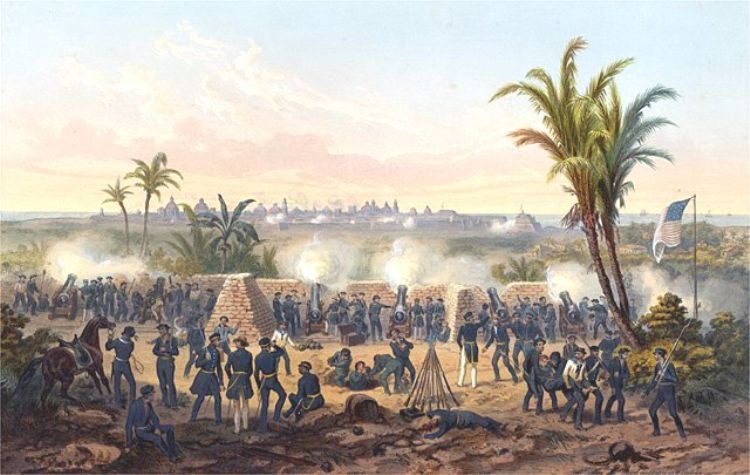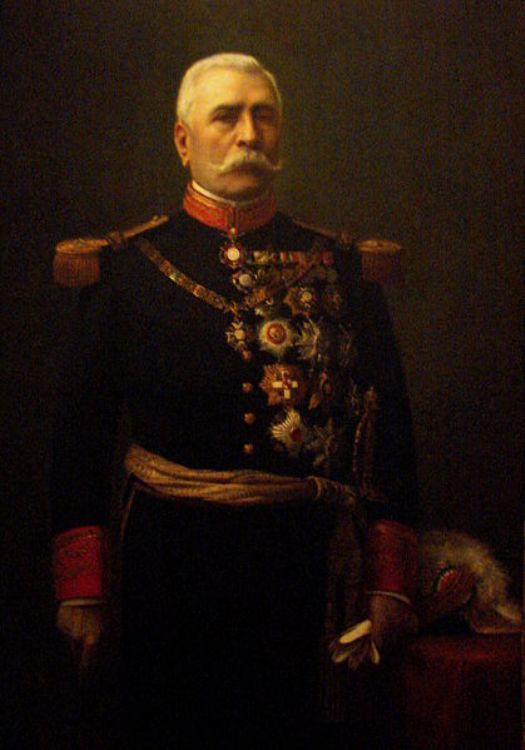Mexicoâs World Cultural Heritage Sites I (from 1987-1992)
.jpg)
One of UNESCOâs goals is for men and women to have spiritual and mental peace through education, culture, social sciences, natural sciences and communication. The preservation of places offering culture and education are fundamental pieces in the search of this goal. Mexico provides the greatest amount of sites in Latin America listed by UNESCO as world heritage.
The list started in 1987:
Mexico Cityâs Historic Center and Xochimilco:
During the XVI century, on top of a defeated city in ruins, Spanish conquerors built their constructions, the Aztec capital is now known as the Historic Center of Xochimilco City and is approximately 28 km. south of Mexico Cityâs and as if it were another Venice, people transit through its channels and artificial islands.
Oaxacaâs Historic Center and Monte Albán Archeological Zone:
Olmecas, Zapotecas and Mixtecas were the first residents of Monte Albán. For approximately 1,500 years these inhabitants carved unto the mountain their terraces and channels, giving Oaxaca an example of organization from the wisdom of its native people.
Pueblaâs Historic Center:
100 km to the east of Mexico City is Puebla. On the skirts of the Popocatépetl volcano, it was founded in the year 1531. Magnificent religious buildings preserved in a visionary way are the Cathedral and the beautiful Archbishop edifice, constructed during the XVI and XVII centuries of our era.
Palenqueâs Prehispanic City and National Park:
Here is where it is possible to feel the strength of the Mayaâs spirituality; a sanctuary that peaked between 500 and 700 AD. Their influence was such, that it is possible to appreciate it throughout the length and width of the Usumacinta River. People who integrally engraved their wisdom in their carvings, profound and enigmatic, Palenque was the peak of a great civilization.
Prehispanic City of Teotihuacán:
With the Pyramid of the Sun majestically opening the road, sublime at a great distance, received by the temple to Quetzalcoatl and escorted by the Pyramid of the Moon, Teotihuacán is impressive for the dimensions and geometry of its construction. Found 50 km northeast of Tehotihucan City, it is the sum of a great culture and education.
Exceptionally, the heritage offered by Mexico to the world provides a countless array of knowledge and wisdom that has to be visited.
From 1988 to 1993:
Guanajuatoâs Historic Center and Mines:
Guanajuato was the main center for silver extraction, not only of America but also of the whole world during the XVIII century. Founded during the XVI century, Guanajuato offers among many other things a âtrip to the pastâ and as example we find the âhellâs mouth mineâ, reaching approximately 600 meters deep, complemented by the baroque and neoclassic buildings of its historic center, it shows a town of great prosperity and wealth.
Prehispanic City of Chichen Itzá:
Hundreds of years of history reach their summit in this city, located in the Yucatan Peninsula. It is a philosophy of joint earth and sky, as explained in its codex and monuments, as in the observatory, legacy of Chichen Itzá to the world.
Moreliaâs Historic Center:
Built during the XVI century, this Historic Center mixes Spanish Renaissance with native knowledge. On its hills, with more than two hundred buildings of pink quarry, extracted from its mines, its streets preserve their original design, a reflection of its own and wonderful architecture.
Prehispanic City of El Tajín:
When Teotihuacán fell, Tajín became Mexicoâs main city. Located in the State of Veracruz, it peaked during the IX and beginning of XIII centuries. The cultural influence of this city extended through the Gulf and penetrated into Mayan regions. Its architecture is unique throughout Mesoamerica and itâs characterized by sculpted relieves on columns and friezes.
Zacatecasâ Historic Center:
Constructed on a steep valley, this city has a spectacular view. It was founded in 1546 when a great silver vein was found and reached its maximum prosperity during the XVI and XVII centuries. Zacatecas has a great variety of civil and religious buildings. Its cathedral, constructed between 1730 and 1760, guards the cityâs center.
Also see:
-World Cultural Heritage Sites in Mexico II (1993-2002)
-World Cultural Heritage Sites in Mexico III, declared after 2002
Artículo Producido por el Equipo Editorial Explorando México.
Copyright Explorando México, Todos los derechos reservados.






